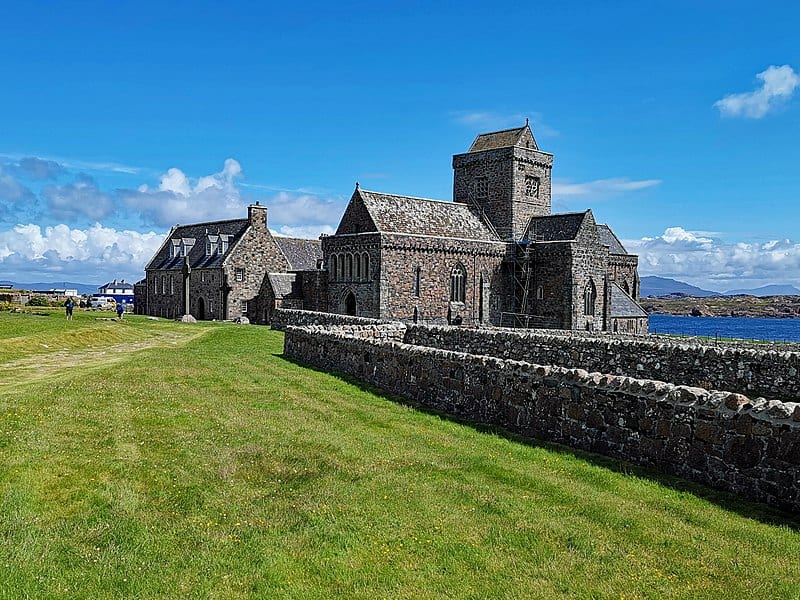Iona
Iona House is based in the Science Learning Area. Mr Blazewicz-Bell is the Director of Learning for Iona House and is supported by the following Form Tutors:
- Mr Lowe – I. William (6th Form)
- Mrs J Gamble / Mrs N East – I. Albert (Year 11)
- Ms K Humphreys – I. Agatha
- Mr A Wallis – I. Luke
- Mr M White / Mrs D Vanderwalt – I. Mungo
- Miss A Whitt / Mr M Ward – I. Columba
The majority of these form leaders are also members of the Science Learning Area. Our vertical tutor groups are also supported by year 12 students who are there to support the students.

There are 7 teachers in this Learning Area. They are supported by 2 technicians.
- Mr A Blazewicz-Bell (Director of Learning; Chemistry specialist)
- Second in science (awaiting appointment)
- Mrs I Fernandez-Barriga (Chemistry specialist)
- Mrs J Gamble (Biology specialist)
- Ms K Humphreys (Physics specialist)
- Mr A Wallis (Biology specialist)
- Mr M White (Chemistry specialist)
- Miss E Riley (Technician)
- Mr O Thompson (Technician)

Lying off the west coast of the Isle of Mull the tiny Isle of Iona, barely three miles long by one mile wide, had a huge influence on the establishment of Christianity in Scotland, England and throughout mainland Europe. Iona’s place in history was secured in 563 AD when St. Columba arrived on its white sandy beaches with 12 followers, built his first Celtic church and established a monastic community.
Of all the Dark Age Scottish saints, Columba is the most spectacular. In 563 AD Columba left Ireland and settled with the Gaels of Dál Riata (people of Western Scotland), where he was granted the Island of Iona to found his monastery. From there St Columba set out on journeys that brought the good news of Christ to the people of Scotland and beyond.
His monastery provided education for their sons, he was a close advisor to the king, and he served as a diplomat to the king’s neighbours in Pictland and Ireland. Columba’s blessing was treasured by kings – a powerful symbol of their authority, and, in return for Columba’s support, the Gaels gave the monastery land and protection.


Columba died in 597, but his monastery’s influence continued to grow, leading to the foundation of new monasteries in Ireland and as far away as Lindisfarne in Northumbria. Columban monks continued to spread the word of Christianity in the seventh century. Pilgrimage to Iona increased: kings wished to be buried near to Columba, and a network of Celtic high crosses and processional routes developed around his shrine.






